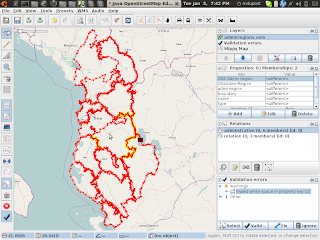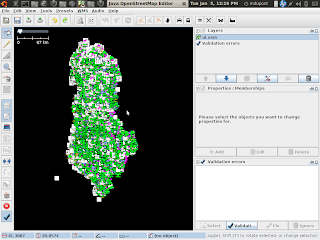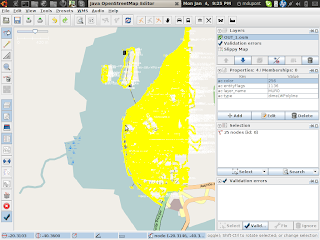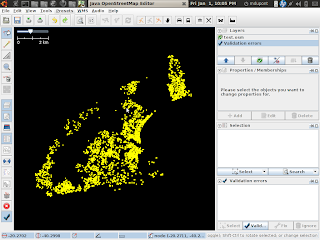First street data imported! looks great Muçivërc Kamenica Kosova
Posted by h4ck3rm1k3 on 12 January 2010 in English.we have imported the first vector streets into osm :
osm.org/?lat=42.55455&lon=21.65804&zoom=16&layers=B000FTF
compare to this :
http://i45.tinypic.com/2hfi97r.jpg
The town is Muçivërc





